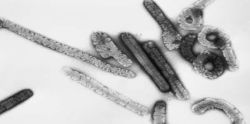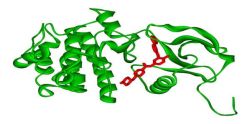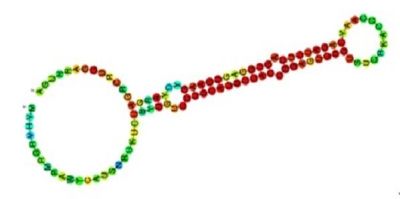A team of researchers at the University of North Carolina and Duke University have discovered a new technique to target tumours with cancer-fighting drugs. The study has been published in Science Translational Medicine.
The technique is called iontophoresis and delivers high concentrations of chemotherapy to select areas thus reducing the risk of damaging healthy tissue. It uses an electric field to propel drugs into the tumour, like a surfer riding a wave.
One of the biggest challenges of cancer therapy is to get the drugs where they need to go. With this technology, the drugs are forced to target the tumour enabling the cancer cells in the treatment zone to get exposure to the drugs.
As far as chemotherapy is concerned, it is a treatment option that kills cancer cells but at the same time can be toxic to healthy cells. When injected into the bloodstream, only a small amount of the drug actually gets to the tumour while the remainder travels throughout the body causing severe side effects. The treatment can often prove to be quite difficult for patients forcing them to either postpone or stop the treatment altogether. In addition, chemotherapy can prove ineffective in certain cases such as pancreatic cancer since the tumours causing the cancer aren't well-connected to the circulatory system.
With this new technology, the electric field is generated by a small device that is implanted in the tumour or placed on the skin. There is a reservoir of chemotherapy in the device and as soon as it is turned on, the electric field pushes the drug into the tumour.
The technique was tested in mice with human inflammatory breast cancer. The researchers found that iontophoretic chemotherapy with intravenous chemotherapy increased survival time as compared with either treatment alone. When combined with radiation, the results were even better. They also found that chemotherapy administered through this device was able to shrink human pancreatic tumours as well. In addition, the local chemotherapy delivered with the device increased the amount of the drug but did not elevate the concentration in the blood plasma. This could potentially mean fewer side effects.
The findings thus suggest that this new technique could be a valuable addition to an oncologist's toolbox.
According to Lissett Bickford, an assistant professor in the Department of Biomedical Engineering and Mechanics and the Department of Mechanical Engineering, "most patients who have metastatic cancer are probably not that healthy, and that limits the patient pool. But with this local-delivery strategy, greater amounts of powerful drug mixtures could be unleashed only to the tumours, largely sparing the rest of the body from high dosages."
Source: Virginia Tech
Image Credit: Wikimedia Commons























